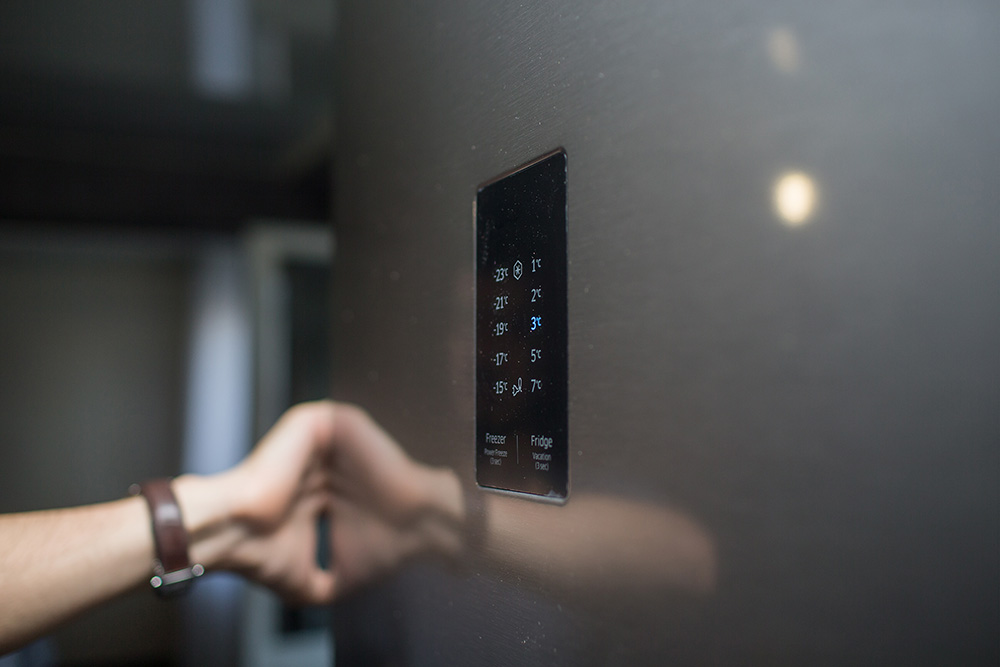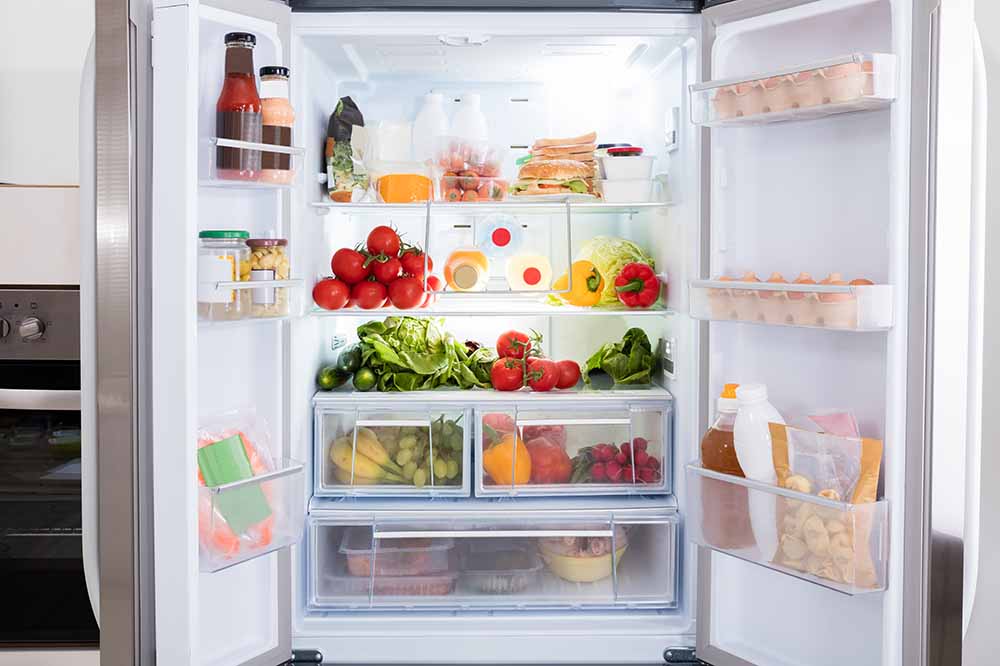How often do you find something in your fridge that you don’t recognise? Popped in leftovers in take-away containers and forgotten about them? Or over-stuffed it with ingredients only to find that the cheese you splurged on has gone past its expiry date. We are all guilty of these things. These actions not only lead to food wastage and increase in expense, but they also are a health hazard.
Food poisoning, and the stomach flu are often caused by bacteria from foods that have been incorrectly stored, or handled. If food is not stored properly, the bacteria in it can multiply to unsafe levels.
Follow these tips to refrigerate your food and ingredients safely, that will in turn save you money and reduce waste.

1. Unhealthy bacteria grow and multiply fastest in the temperature danger zone between 5 °C and 60 °C. It is important to keep high-risk food such as raw and cooked meat, dairy products, eggs, seafood, cooked rice and pasta, salads with dressing, ready-to-eat food that comes in packages, cans and jars out of this temperature zone.
2. Your fridge temperature should be at 5 °C or below. The freezer temperature should be below -15 °C. Make sure foods stored in the freezer are frozen hard.
3. Let hot food cool down to room temperature before storing them in the fridge.
4. Remove leftovers from take away boxes and transfer them to air tight containers before storing them in the fridge.

5. Leftovers are safe in the fridge for three-four days. If you don’t have a chance to eat leftovers within this time, move them to the freezer for later use.
6. Always thaw frozen food in the fridge as food poisoning bacteria can grow in frozen food while it is thawing. Keep defrosted food in the fridge until it is ready to be cooked.
7. Raw food should never be refrozen once thawed.
8. Bacteria from raw food can contaminate cooked food. Always store raw food and cooked food separately in sealed or covered containers. Make sure liquid such as meat juices don’t contaminate the refrigerator.
9. Clean out your fridge contents regularly. An overstuffed fridge restricts airflow which hinders proper cooling.
10. Wash down shelves and drawers with soapy water once a month.
Organise Your Refrigerator!

Top shelf: Ready to eat, fully cooked food or leftovers.
Middle shelves: Dairy products such as milks, cheeses, yogurt and butter, even eggs can go here.
Bottom shelf: Raw/ uncooked ingredients such as fish, meat and poultry. To prevent juices from leaking and cross-contaminating other foods, store raw food in a sealed container or tightly wrapped dish/plate.
Crisper drawers: Store vegetables and fruits in zip locks or air tight containers in these sealed compartments to keep the humidity right.
Door shelves: Keep Items that don’t spoil easy like dry spices as the temperature in the door is not always consistent.
Sealed freezer compartment: Perfect to store ice cream & frozen desserts